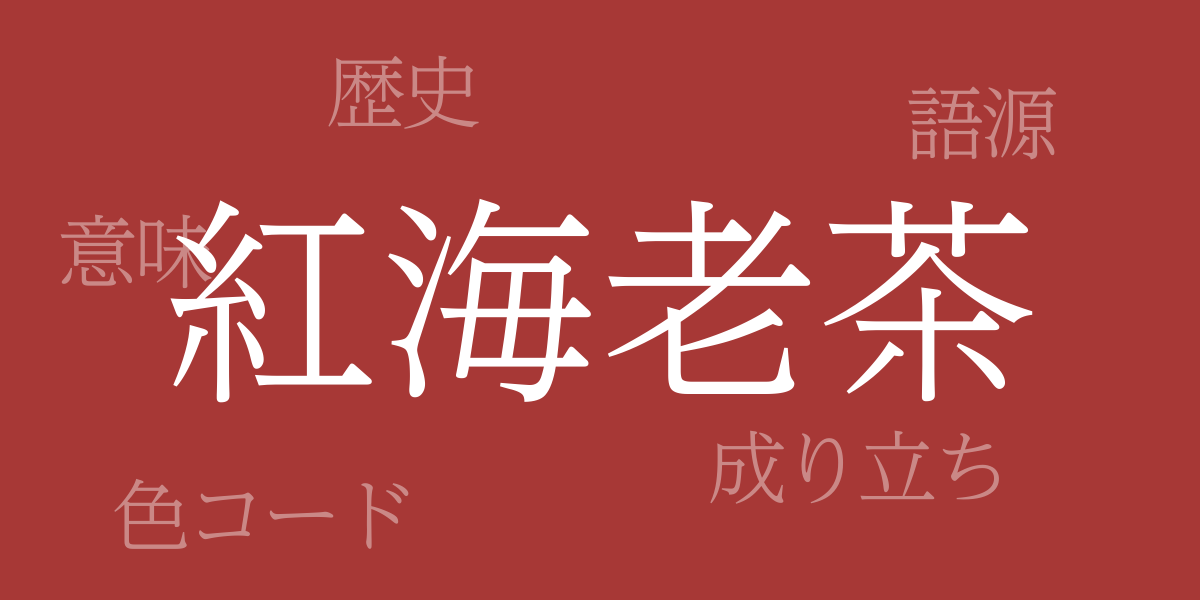Colors are a mirror reflecting culture, and Japan has cultivated its unique sense of color. Among these, ‘Dark Shrimp Tea Color’ (紅海老茶 – べにえびちゃ) holds a special place as a traditional Japanese color. This deep hue symbolizes the Japanese sense of beauty and aesthetics, representing various cultural backgrounds. This article delves deep into the allure of Dark Shrimp Tea Color, exploring its meaning, history, and contemporary usage, down to its color code and Western name.
About Dark Shrimp Tea Color (紅海老茶 – べにえびちゃ)
Dark Shrimp Tea Color, as the name suggests, is a profound color blending red and the brown of shrimp shells. It is a warm, calm hue, often used in traditional Japanese artwork such as kimonos and Japanese paintings. Dark Shrimp Tea Color successfully expresses the delicate Japanese aesthetic sense and its unique texture continues to enchant many.
The History of Dark Shrimp Tea Color
The history of Dark Shrimp Tea Color dates back to the Edo period, making it an established part of Japanese color tradition. Originating from Japan’s cultural appreciation of natural hues, especially the red of autumn leaves and the brown of shrimp shells, this color has integrated into the Japanese lifestyle, adorning clothing and everyday items through the ages.
Color Code of Dark Shrimp Tea Color
To replicate Dark Shrimp Tea Color accurately in digital design and printing, specific color codes are essential. Listed below are these codes:
- HEX: #A73836
- RGB: R:167 G:56 B:54
- CMYK: C:41 M:91 Y:84 K:6
Western Name for Dark Shrimp Tea Color
In English, Dark Shrimp Tea Color is sometimes referred to as “Dark Coral.” This name derives from its resemblance to the darker shades of coral. In an international context, using this Western name helps convey the beauty of this color to a broader audience.
Summary on Dark Shrimp Tea Color
Dark Shrimp Tea Color is one of the traditional colors woven from Japan’s natural and cultural tapestry. Its rich hue has enriched Japanese spaces and soothed the spirits of many. In modern times, its value is being rediscovered across various fields such as interior design, fashion, and broader design disciplines, blending traditional Japanese beauty into contemporary lifestyles. Through this captivating color, the legacy of Japanese tradition continues to be passed on to future generations.

























